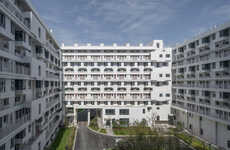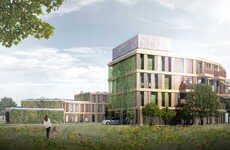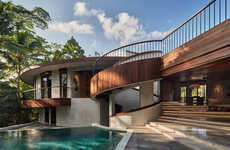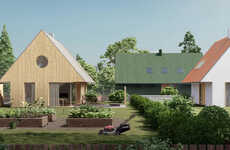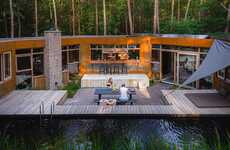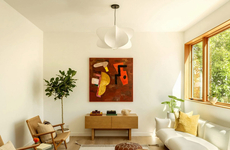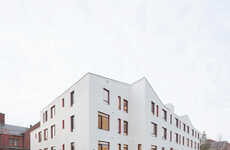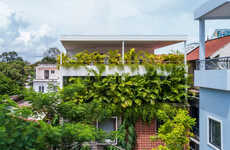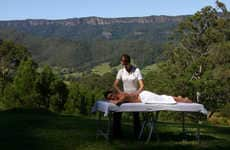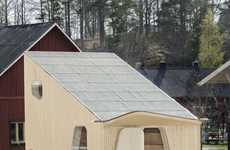
Hakka Apartments in China House Many People and Incubate Culture
Shelby Lee Walsh — October 9, 2009 — Art & Design
References: whc.unesco.org & globalpost
These circular Hakka apartments are located in the rural province of Fujian and Yongding in China. The buildings are definitely a wonder for the eye with their doughnut-shaped architecture.
The buildings (that are home to up to 80 families at a given time) were recently granted 'World Heritage' status by the UNESCO. The Hakka apartments not only house many people, but also house important cultural values tied to the native residents' identity.
Implications - Their circular shape is unlike what most are accustomed to in the Western world; people typically build houses that are cubic in their structure. However, the round courtyards that these homes produce encourage family and community interaction.
The buildings (that are home to up to 80 families at a given time) were recently granted 'World Heritage' status by the UNESCO. The Hakka apartments not only house many people, but also house important cultural values tied to the native residents' identity.
Implications - Their circular shape is unlike what most are accustomed to in the Western world; people typically build houses that are cubic in their structure. However, the round courtyards that these homes produce encourage family and community interaction.
Trend Themes
1. Circular Architecture - Exploring the use of circular design in residential and commercial architecture to promote community interaction and social cohesion.
2. Cultural Preservation Housing - Integrating important cultural values and practices into the design of housing and communities to promote cultural preservation and heritage conservation.
3. World Heritage Housing - Designing housing and communities that could potentially receive World Heritage status for their cultural and historical significance, attracting tourists and cultural enthusiasts.
Industry Implications
1. Real Estate Development - Incorporating innovative and culturally significant architectural designs in residential and commercial real estate developments.
2. Tourism - Developing circular homes and communities as tourist attractions to promote cultural exchange and preservation.
3. Community Development - Integrating circular architecture and community-oriented design in the planning and development of rural and urban communities to promote social cohesion and interaction.
2.1
Score
Popularity
Activity
Freshness


